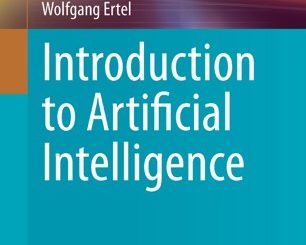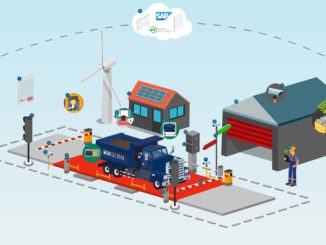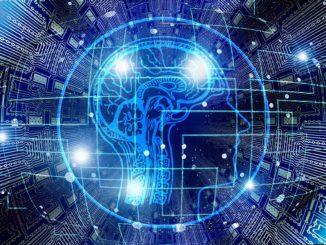
Android is another platform that Google has focused upon and their efforts are clearly visible – Android occupies more than 87.9 % market share. With the latest Android P right around the corner, it seems like a good time to take the best of both worlds – Machine Learning and Android and showcase why Android is more than likely to beat its competitors using Google’s mammoth like intelligence prowess and why AI will attract everyday users as well as developers.
Here are a few reasons why.
Google Assistant
Google announced its virtual helper back in May of 2016 during its annual conference, Google I/O. Google described it as a “conversational assistant” and hoped that it would provide “an ambient experience that extends across devices”. And the feedback received has been mostly positive.
Of course, Google isn’t alone in making an attempt at lending a software hand to its users. In fact, it isn’t even the first – Apple released a beta version of Siri with its iPhone 4S almost a decade ago, October 2011. To say that software such as Siri has come a long way in these 7 years would be a gross understatement. It seems like every tech giant is releasing their own assistants every other week. While the more prominent ones are Microsoft’s Cortana, Amazon’s Alexa, Samsung’s Bixby, Google’s Assistant, and Apple’s Siri, nearly every review from professional testers reveals the one that manages to swing almost everything they throw at them. And that’s the Google Assistant.
It has proven its mettle countless number of times in tasks ranging from speech recognition and contextual understanding to providing concise yet verbose information to any queries the user may make.
Some would say it’s years ahead of other virtual assistants although and advancements like the Duplex is just confirming this.
AI Powered Apps
Tech giants are recognising the importance of incorporating machine learning into their products and as our systems keep getting more powerful and people generate more data than ever, it’s no wonder why they do so. This is evident from companies adopting and promoting intelligent computations.
Apple has been urging developers to utilize it’s relatively new CoreML framework that can be used to train machine learning models for developing apps for iOS. It’s too early to make a judgement on this step by Apple, but it’s quite safe to say that the red fruit iPhone manufacturer is late to the party.
Google released an open source framework called Tensorflow back in 2015 after it was tested and developed internally for more than 4 years. It has since gained the badge of industry standard and is one of the most active repository on GitHub. It was developed with developers in mind and has multiple ports for different operating systems and supports multiple programming languages as well so a developer feels right at home.
Tensorflow Lite is Google’s aim at having native support for it’s deep learning models in Android phones. Apps such as Gmail are already putting this into use by featuring something called “Smart Replies” that basically just try to understand the situation and context on an email received and will display a few options that might make for a good reply to the mentioned. Another famous app is Photos by Google that uses deep learning, a popular form of machine learning, to recognize people from pictures stored on the smartphone and suggest possible options such as sharing them with the person themselves or create an entirely new album for them.
Long story short, Google has already starting rolling apps like Translate, Assistant, Photos, Gmail, etc and has made the necessary tools for developers to do the same with their own. Which brings us to the next topic –
Extremely Well Developer Support
Google has always been a loved one by developers. Besides offering great opportunities such as GSOC, it has released open source libraries such as scikit-learn and TensorFlow that have been hugely popular and successful within the developer community.
Even Android, being open source, offers a lot of flexibility for developers and so, naturally, developers will be much more focused towards building scalable, optimized apps for this platform.
Google wants more and more people to enter this field of machine and has made efforts to do so. One such instance is it’s Machine Learning Crash Course. It’s a from scratch course aimed at developers with almost no previous experience in the field of AI. It guides the user from basic linear algebra concepts to state of the art convolutional neural networks.
Android developers were given attention with the announcement of Tensorflow Lite that is an ecosystem for the said platform. It works smoothly with the official Android IDE, Android Studio to develop apps with the same level of consistency as before.
Google Duplex
Google didn’t fail to make the jaws of visitors and the viewers of its developer conference for 2018 drop to the ground in pure awe. It showcased something the developers at Google had been hard at work at, named Google Duplex.
It’s an extension of the already powerful Google Assistant that helps the user get through his / her day by making appointments or bookings for services such as ordering food from a store that doesn’t have an online presence or fixing a haircut from a salon for the user.
It was presented by Sundar Pichai, leaving the audience clapping their hands away. And why wouldn’t they? They witnessed an age-old test called the Turing Test that was supposed to be almost a decade away from being solved, annihilated albeit in a very specific manner.
Proudly WWW.PONIREVO.COM



